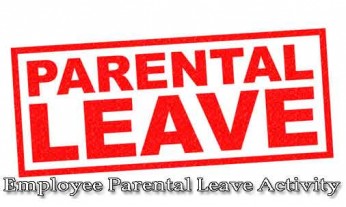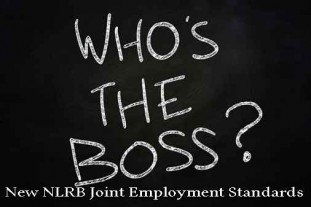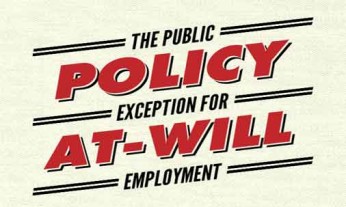 Are you a California worker who spends the day on your feet, even though a portion of your work is done at a workstation where sitting down would be reasonable? If so, a recent California Supreme Court decision on seating may impact your work in the future.
Are you a California worker who spends the day on your feet, even though a portion of your work is done at a workstation where sitting down would be reasonable? If so, a recent California Supreme Court decision on seating may impact your work in the future.
2016 California Supreme Court Ruling
The case, Kilby v, CVS Pharmacy, Inc, involved a clerk-cashier who, in addition to stocking shelves and otherwise supporting the organization and cleanliness of the store, was required to run the register and provide customer service. Kilby was not permitted to sit in the course of the workday.
Kilby maintained that the lack of available seating was in violation of Section 14 of Wage Order No. 7-2001, which provides that seating should be available to employees when they are not engaged in active work and when it does not interfere with the performance of duties.
The court considered the Wage Orders’ seating requirements, noting that it intended for “humane consideration for the welfare of employees” and was designed to provide a certain level of protection for those workers who could reasonably perform at least some of their duties while sitting down. It sided with employees, stating that “overall job duties” must be considered when making a determination as to seating provisions.
Specifically, the court sided with Kilby on three important points:
- Although an employee’s responsibilities may include a variety of tasks, if even a portion of those tasks can reasonably be performed while sitting, it is incumbent upon the employer to provide seating.
- The determination as to whether or not seating should exist should be made while considering the way in which the job is typically performed, as opposed to physical attributes and capabilities of particular workers.
- When an employer determines that suitable seating is unavailable, it is incumbent upon the employer to prove why.
Employer Considerations Under the Ruling
So when are employers expected to provide seating? The court’s ruling gives employers these factors to consider:
- Will completing the work while sitting down degrade the quality or effectiveness of the work?
- Would frequent transitions between sitting down and standing interfere with the quantity or quality of the work?
- Will providing seating interfere with the completion of other tasks that require standing or moving?
- Would employers’ objectively reasonable expectations for standing be minimized by providing seating (not just their preference for standing)?
- Does the physical configuration of the workspace lend itself to employees sitting down?









